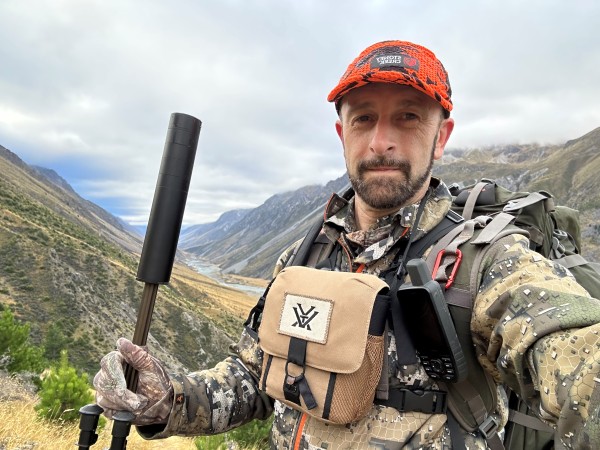I’m about 9 months into the role as NZDA Tahr Rep and starting to figure out the lay of the land but there is still much more to do and learn.
31 January 2024
It’s hard to believe we have already knocked the first month off the new year and for our household that means the kids are back to school again. I’m about 9 months into the role as NZDA Tahr Rep and starting to figure out the lay of the land but there is still much more to do and learn.
For this newsletter I’ll start by providing a bit of an update on the TPILG (Tahr Plan Implementation Liasion Group) and the timelines involved as the various organisations work together on Tahr Control. For those that don’t know, the control operation takes place annually using a number of methods (Aerial, Ground based and AATH Offsets) removing over 6000 Tahr per year across the 7 management units which are defined in the Himalayan Thar Plan 1993. The majority of which are Nannies or Juveniles.
Tahr Control 2019 to 2023:

Currently the “2023/24 TCOP” (Tahr Control Operational Plan) is working through it’s final stages of control activity and discussions are underway now for the “2024/25TCOP” as we speak. This week we have made a submission to DOC with some recommendations and they will now begin to construct the draft TCOP with input from all the various stake holders involved who no doubt will have a range of priorities and recommendations.
Once the draft TCOP is formed (scheduled for release late Feb) the TPILG will again meet in person to discuss the proposed plan following which we can again submit further recommendations. If all goes well the new TCOP will be released early in June this year and available to public on the DOC website.
During the last meeting in December DOC advised the group of some abundance figures being compiled by Athur Rylah Institute which suggests there are still reasonably high numbers of Tahr present on PCL, this was met with a bit of debate around the methods of gathering data but at least gives us some information on Tahr population which was last measured in 2019.
DOC also presented on a Pilot “Tahr Rapid Impact Assessment” to assess the effectiveness of the rapid monitoring protocol for identifying the impact of Tahr on alpine vegetation, this proved to be a challeging task to undertake with unpredictable weather and terain but by all accounts an insightful activity, I’m particularly in favour of this style of monitoring as it is based on physical on-the-ground observations.
Along side the TPLIG meetings DOC have also been facilitating some proactive workshops on the future of Tahr Management given a lot has changed since it the plan was produced in 1993 so it will be interesting to see where this leads. The existing plan has some outdated targets therefore a review or replacement of the plan would be in the best interests of recreational Tahr hunters as well as commercial operators.
One of the changes I would like to see is for control operations to include use of recreational hunters. We highly value Himalayan Tahr and must continue doing our part to ensure this hunting resource continues to be available for future generations while in balance with the alpine environment.
Keep an eye out for the annual Tahr Survey coming out soon and encourage anyone you know who hunts Tahr to complete this even if they haven’t been successful. This information provides valuable insights on what recreational hunters are observing and the data is shared with DOC in our submissions.
Nga Mihi
Bruce Hansen
NZDA Himalayan Tahr Representative

Join and Support NZDA
Find and join a branch to get involved with promoting and protecting hunting in New Zealand! Search here.
https://www.deerstalkers.org.nz/join-and-support-us/branch-finder/

